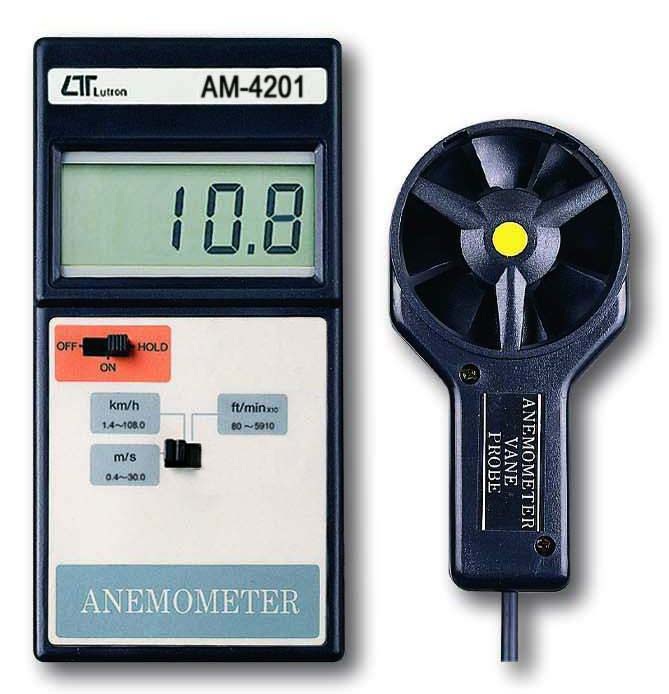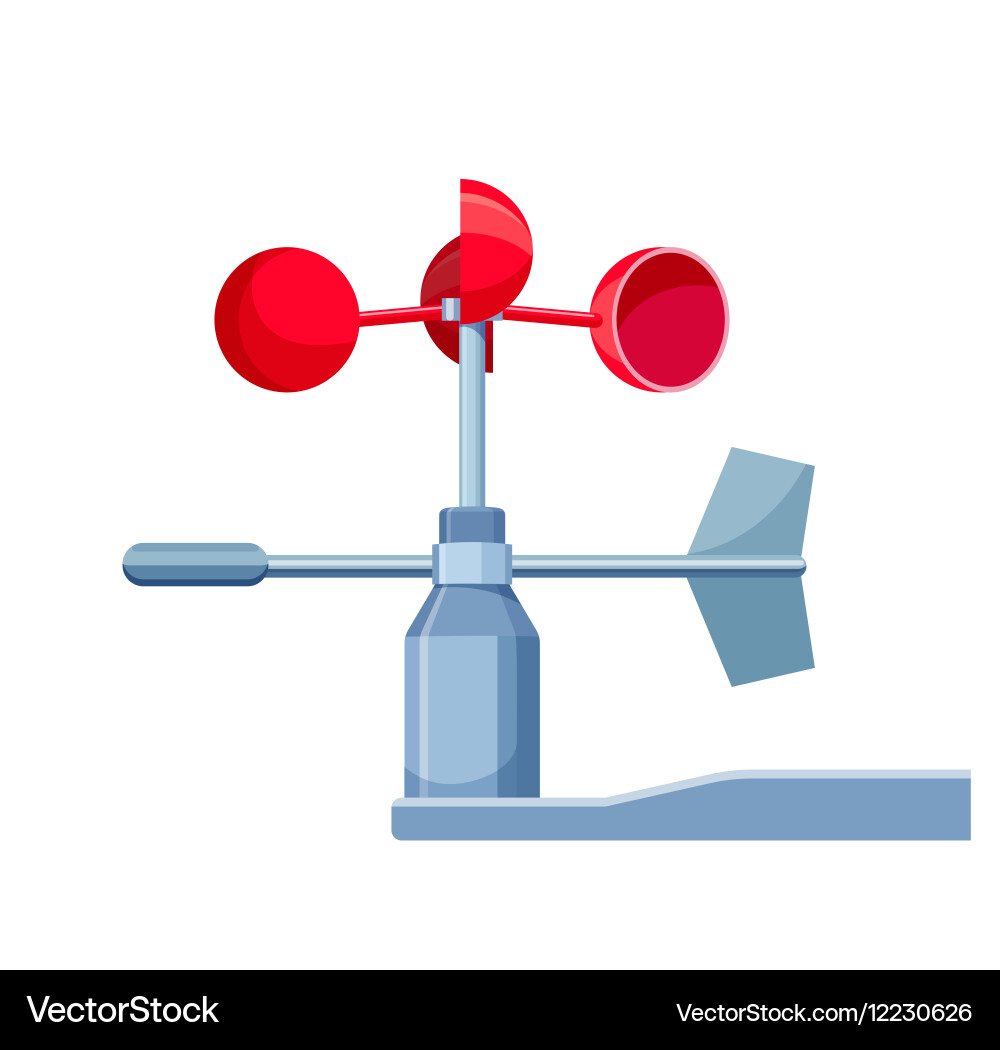Checking Out the Features and Advantages of Anemometers for Climate Fanatics and Specialists
Anemometers stand as crucial tools in the world of weather monitoring, accommodating both fanatics and experienced specialists alike. These gadgets supply a window right into the vibrant globe of wind patterns and speeds, offering vital information for atmospheric evaluation and forecasting. From mug anemometers to sonic anemometers, each kind brings its one-of-a-kind collection of advantages and applications, clarifying various aspects of climatic conditions. As we explore the features and benefits of anemometers, a much deeper understanding arises not only of prevailing climate sensations yet also of the more comprehensive ramifications for markets like wind power manufacturing and ecological research study.
Significance of Anemometers in Climate Monitoring
Anemometers play a crucial role in weather condition tracking by giving precise measurements of wind rate, assisting in forecasting and understanding climate patterns. These instruments, varying from conventional mug anemometers to modern-day ultrasonic anemometers, are important for meteorologists, scientists, and weather fanatics alike. By gauging wind rate, anemometers help in identifying the intensity of weather condition phenomena such as tornados, hurricanes, and cyclones. Additionally, they provide valuable information for air travel, maritime operations, and various industries that are sensitive to wind problems.

Kinds Of Anemometers and Their Applications
With the important duty anemometers play in weather surveillance and projecting, understanding the different kinds of these tools and their applications becomes crucial for specialists and fanatics in the field. The most common kinds of anemometers consist of cup anemometers, vane anemometers, hot-wire anemometers, and ultrasonic anemometers. Cup anemometers are composed of 3 or 4 mugs installed on straight arms that revolve with the wind, measuring its rate. Vane anemometers, on the various other hand, use an easily turning vane to align with the wind instructions, supplying both wind rate and instructions dimensions. Hot-wire anemometers operate based upon the principle of convective heat transfer, where the cooling impact of the air circulation is measured to establish wind rate. Ultrasonic anemometers use ultrasonic acoustic wave to calculate wind rate and instructions properly.
Mug anemometers are durable and ideal for basic climate monitoring, while vane anemometers are favored for directional dimensions. Ultrasonic anemometers are non-intrusive and provide high accuracy, often utilized in research and specialized weather condition tracking applications.
Advantages of Making Use Of Anemometers in Projecting
In meteorology, the usage of find out anemometers provides very useful advantages for improving the accuracy of weather condition projecting. Anemometers measure wind rate and direction, giving crucial information for anticipating climate patterns. By integrating wind data right into projecting designs, meteorologists can better understand the activity of weather condition systems, prepare for modifications in atmospheric conditions, and issue a lot more exact forecasts.
Moreover, anemometers play a vital role in evaluating prospective weather condition threats. Keeping an eye on wind speeds helps forecasters forecast serious weather condition occasions such as cyclones, hurricanes, and winter tornados with greater precision. This very early caution system enables authorities to release prompt alerts and execute essential precaution, lowering the risks to life and home.
In addition, anemometers help in enhancing renewable energy production. By examining wind patterns, meteorologists can recognize appropriate areas for wind ranches and predict energy result, adding to the effective generation of wind power.

Anemometers in Wind Energy Production
Offered the critical duty anemometers play in offering precise wind information for climate projecting and danger evaluation, their value encompasses the world of wind energy manufacturing. Anemometers are vital tools in the field of wind power, where the dimension of wind speed and direction is critical for establishing the expediency and effectiveness of wind generator installments. By accurately determining wind rates at varying elevations, anemometers aid maximize the placement and layout of wind turbines to take full advantage of energy outcome.
In wind ranches, anemometers are strategically more helpful hints placed to collect real-time wind data that is used to examine the prospective energy manufacturing of a site. This information contributes in identifying the financial practicality of wind energy jobs and in projecting energy generation to make certain grid stability. Furthermore, anemometers aid in keeping track of wind problems to optimize wind turbine performance, prevent damage from high winds, and make sure the security of workers working in the area of wind turbines.
Enhancing Weather Understanding With Anemometers

Anemometers play an essential duty in improving our understanding of microclimates. These local weather can differ dramatically from wider regional projections, making it important to have precise information for certain areas. anemometer. By tactically positioning anemometers in different areas, look these up researchers can collect thorough info on exactly how wind behaves in various terrains, city environments, or bodies of water
Additionally, anemometers contribute to improving weather condition forecasting models by giving real-time data on wind behavior. This details is particularly beneficial for predicting severe weather condition occasions, maximizing farming practices, and sustaining sectors like aeronautics and maritime navigation. Overall, anemometers are very useful tools that enable us to dig much deeper into the intricacies of weather systems, eventually resulting in more precise forecasts and better-informed decisions.
Verdict
To conclude, anemometers play a critical duty in weather condition monitoring and forecasting by measuring wind speed and direction. They are important devices used by weather fanatics and professionals to collect exact data for forecasting weather patterns and analyzing prospective impacts. Anemometers likewise have applications in wind power production, further highlighting their relevance in both meteorology and renewable resource sectors. On the whole, anemometers add to enhancing our understanding of weather condition sensations and improving forecasting capacities. anemometer.
From mug anemometers to sonic anemometers, each kind brings its special collection of benefits and applications, dropping light on numerous facets of atmospheric conditions. These instruments, varying from typical mug anemometers to modern-day ultrasonic anemometers, are essential for meteorologists, scientists, and weather condition lovers alike. The most usual kinds of anemometers include cup anemometers, vane anemometers, hot-wire anemometers, and ultrasonic anemometers. Mug anemometers are appropriate and robust for basic weather condition tracking, while vane anemometers are favored for directional dimensions. Anemometers are important tools in the area of wind energy, where the measurement of wind speed and direction is important for identifying the expediency and effectiveness of wind generator installments.